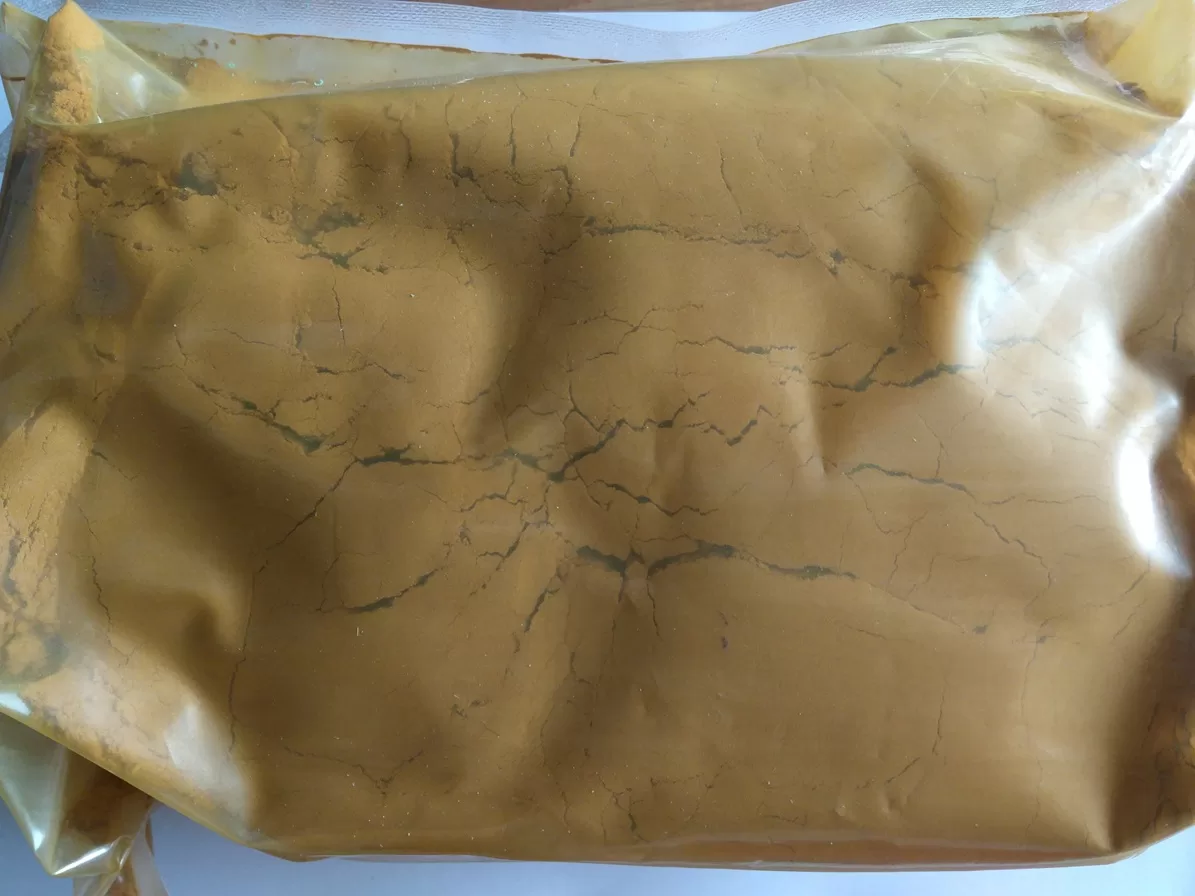Tin disulfide is golden yellow hexagonal crystalline powder, which is n-type semiconductor. When temperature above 600℃, it decompose. Tin(IV) sulfide is acidity sulfide, which can dissolve in alkalis sulfide solution, ammonium sulfide solution, hydrochloric acid, nitric acid and aqua regia, however no dissolve in water. Sulfur and tin are the raw materials.
Tin sulfide is an earth-abundant, environmentally friendly semiconductor material known for its favorable optoelectronic properties, high absorption coefficient, and stability. It makes it an increasingly valuable material in applications like photovoltaics, energy storage, and electronics. As industries seek sustainable and cost-effective alternatives to conventional materials, SnS2 stands out for its versatility and potential to support green technologies.

Tin Disulfide
| CAS No.:1315-01-1 | EINECS No.:215-252-9 | Molecular Formula:SnS2 | Molecular Weight:182.842 |
| Density:4.5 |
Applications
Tin(IV) sulfide use as pigment and imitated gold plating.
In the field of photovoltaics, tin sulfide shows great promise as an absorber material in thin-film solar cells. With a suitable bandgap (around 1.3 eV) for efficient solar energy capture, SnS2 can convert sunlight into electricity effectively. Its low toxicity and earth abundance make it a sustainable choice compared to traditional cadmium or lead-based photovoltaic materials. SnS2-based solar cells are actively being researched as a low-cost, environmentally bengin option for renewable energy generation.
In energy storage, tin sulfide is used in lithium-ion and sodium-ion battery technology. As an anode material, SnS2 offers excellent capacity and stability, which enhances the energy density and life cycle of these batteries. Its high specific capacity and ability to withstand charge-discharge cycles make it suitable for applications requiring efficient and long-lasting energy storage, supporting advancements in electric vehicles, portable electronics, and grid storage solutions.
Tin sulfide also has applications in electronics, particularly in flexible and wearable devices. Due to its semiconducting properties, SnS2 is studied for use in transistors, photodetectors, and thin-film electronics. The potential for SnS2 focus in flexible electronics aligns with the demand for lightweight, adaptable devices that can functions reliably across various environments.
